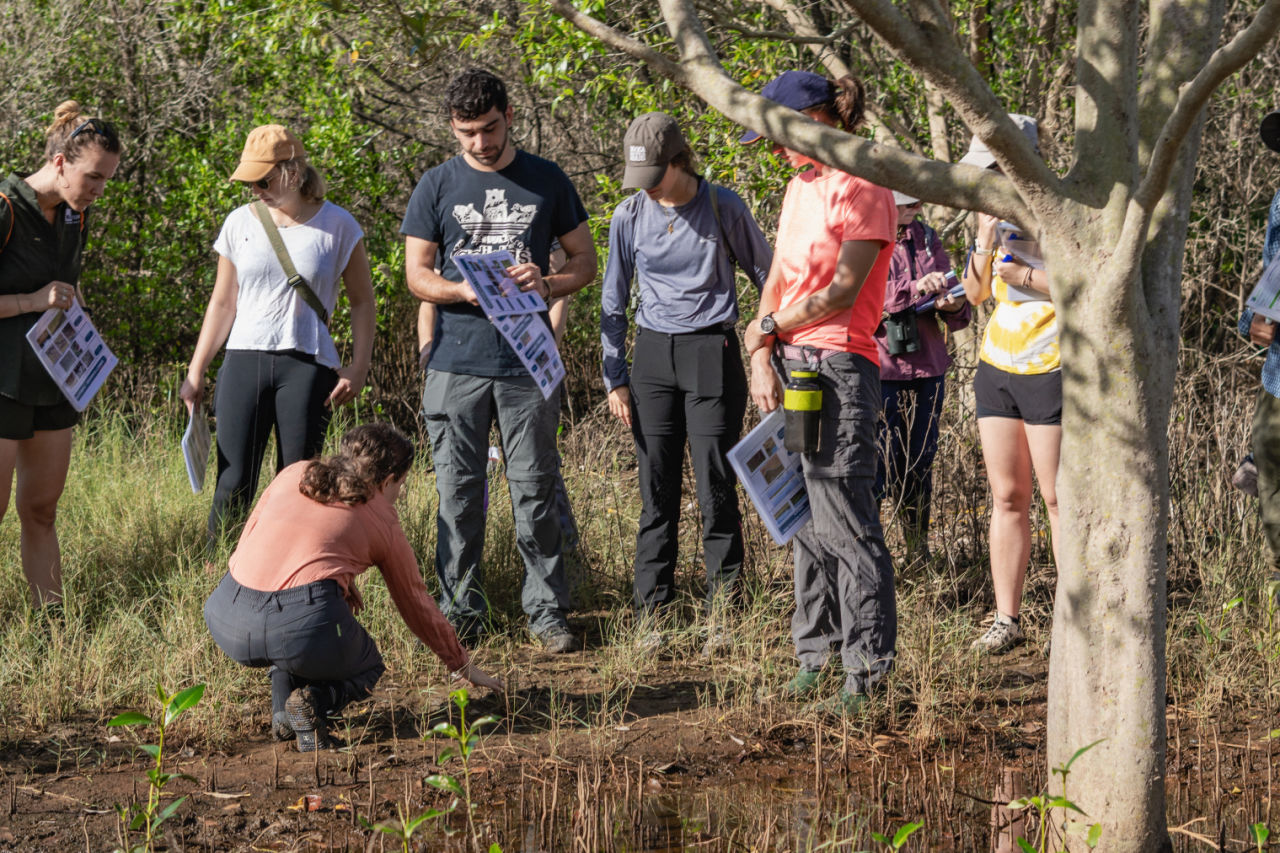MAY 8, 2024, NEW YORK – Researchers led by Ludwig Harvard investigators Andrew Lane and Qingyu Luo report in the current issue of Nature that the cells of a subset of myeloid and lymphoid leukemias depend on a molecular complex called PI3Kgamma for their survival. They also show in preclinical studies that eganelisib-an existing medicine that inhibits the complex-may prove effective in treating such cases alone or in combination with cytarabine, the chemotherapy most often used to treat acute myeloid leukemia (AML).
“Given what we’ve observed, we can move very quickly to take these medicines, which appear to be safe and well tolerated, to patients with AML,” said Lane, a clinician-scientist in the Adult Leukemia Program at Dana-Farber Cancer Institute. “We are planning clinical trials to start hopefully within the next year.”
Searching for new drug targets for AML therapy, Luo, a research fellow in Lane’s lab, used genome-wide CRISPR interference to identify genes that AML cells rely on to grow. He found that a subset of leukemia cells depends on a gene called PI3KR5 to survive. That gene encodes an important portion of the PI3Kgamma complex, which can be inhibited by eganelisib, an existing drug that has been tested in trials as an enhancer of cancer immunotherapy-though the drug exerts its effects on AML cells via an unrelated mechanism.
Luo, Lane and their colleagues treated animal models bearing patient-derived leukemias with eganelisib and found that the leukemia xenografts predicted to be highly dependent on PI3Kgamma shrank significantly. The animals also survived longer.
Luo also treated animal models of leukemia with cytarabine alone and with eganelisib plus cytarabine. Animals treated with a combination of eganelisib and cytarabine survived longer than those treated with cytarabine alone, regardless of the leukemia’s sensitivity to PI3Kgamma inhibition alone. This suggested that the two medicines work synergistically.
Examining data from The Cancer Genome Atlas (TCGA), the researchers obseved that AML cases predicted to be sensitive to eganelisib have worse prognoses on existing therapies compared to those with negative biomarkers. This suggests that such patients, whose cancers are characterized by high levels of PI3KR5 expression, have a need for new medicines and could potentially benefit from treatment with eganelisib.
Luo discovered that PI3Kgamma inhibition suppresses a metabolic process called oxidative phosphorylation that the susceptible subtype of leukemia cells are especially dependent on for energy generation and survival. He also found that leukemia cells that survive standard treatment with cytarabine tend to be more dependent on PI3Kgamma than they were prior to treatment. These surviving leukemia cells- which cause AML relapse-could be vulnerable to a combination of the two therapies.
These mechanistic findings offer a scientific rationale for testing the drug combination in the subset of AML patients whose cancers express biomarkers of susceptibility to the therapy.
The Dana-Farber Cancer Institute release from which this summary is derived can be found here.








